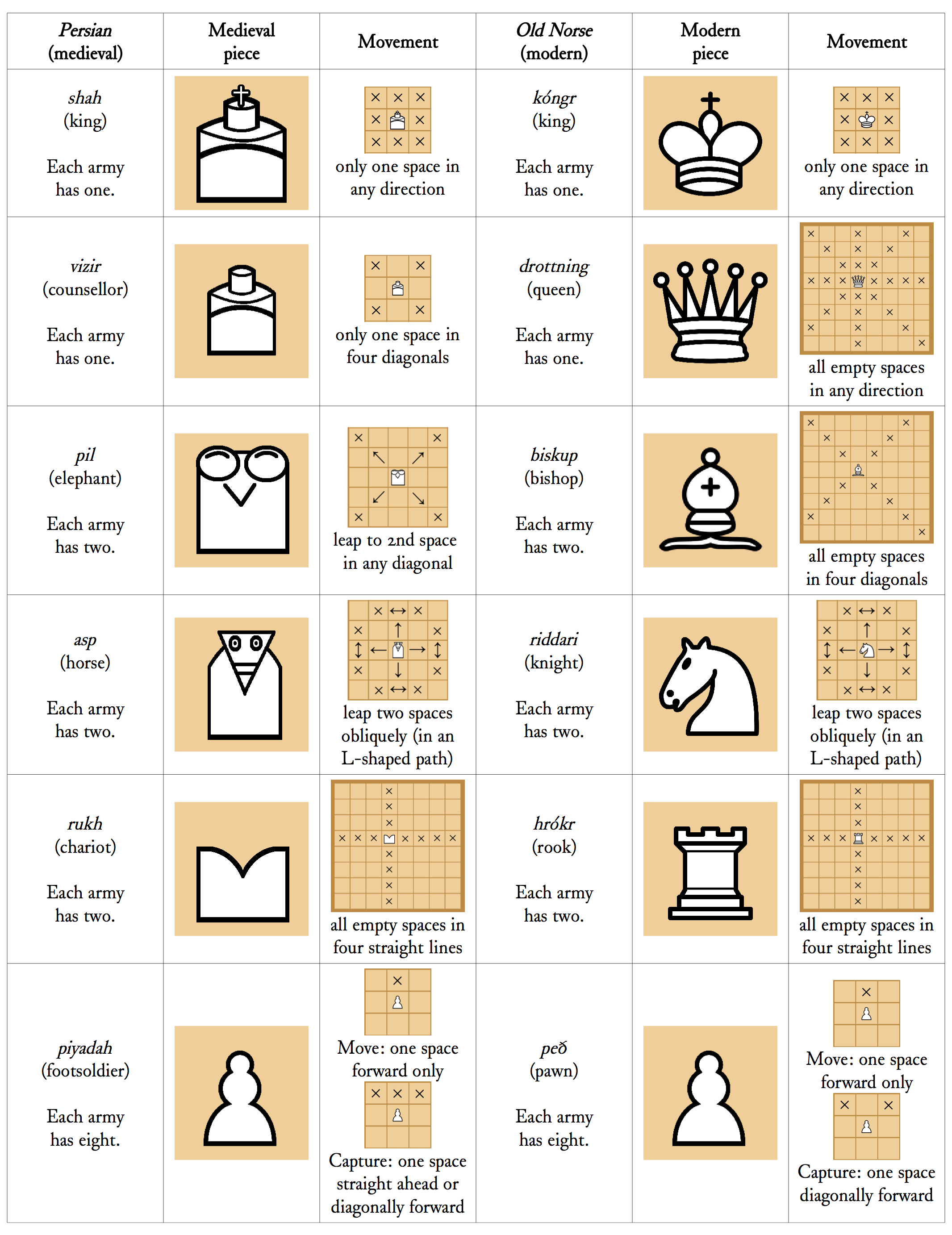

Pawns also have a tricky rule associated with them, called “capturing en passantstrong>” (from the French for “in passing”). One game between legendary players Bobby Fischer and Tigran Petrosian featured four queens! A Special Rule: Capturing en Passant If you already have a queen, you can have another one. When promoting, it doesn’t matter how many of that piece are already on the board.

But in some rare cases you might want to underpromote by turning the pawn into a rook, bishop, or knight – for example, when creating a queen would put the enemy king in stalemate. Since the queen is the most powerful piece in chess, in 99% of cases you’ll want to turn the promoted pawn into a queen. You can turn a pawn into any piece you want, except for another pawn or a king. When a pawn reaches the other side of the board, it can promote, or turn into another piece. These pawns cannot capture each other, and can’t advance – they are locked together, “butting heads” We’ll start out by reviewing the basics, and then start to tackle “mainline pawn structures” that occur in common openings, and what the basic plans for each side are (if you’re above beginner level, you may want to skip to the section “Common Mainline Pawn Structures” – although it certainly can’t hurt to review the basics!). In this article, you’ll learn the basics of pawn structure and pawn moves in chess and what these mean for the rest of your strategy. In fact, the structure of your pawns can often guide your pieces where to go, and indicate the direction of attack.

That may seem obvious to anyone who knows the basics of chess, but it really is a profound truth! Think about it this way: any time you move a pawn, you make a permanent change to the game – something that cannot be undone.Ĭouple that fact with the fact that there are numerous pawns for each side – eight to be exact – and you’ll come to find that pawns make up the “skeleton” of every position. That ancient quote by Philidor holds true even today for one key reason: pawns are the only figure on the chess board that cannot move backward.
Chess pieces names and moves how to#
How can the weakest figure among the chess pieces really be that important?īut mastering how to move these misunderstood mini-warriors is essential to play chess at a high level. This quote by the 18th century chess legend is often surprising, or even just laughed or shrugged off by many amateur players. “Pawns are the soul of chess.” – François-André Danican Philidor

Pawn structure is very important in a chess game, as pawns make up the “skeleton” of a chess position, and often indicate where your pieces should go and where to attack.


 0 kommentar(er)
0 kommentar(er)
